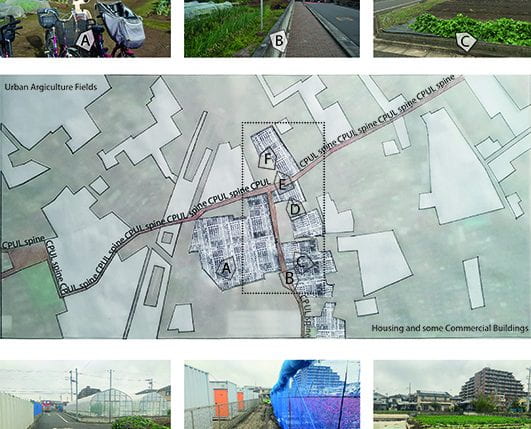
Manuscript submitted for the Urban Food Mapping book
Today, Mikey Tomkins and Katrin Bohn submitted the manuscript for the book Urban Food Mapping: Making visible the Edible City. Please watch out for its publication later this year! This first publication to systematise urban food mapping identifies urban food mapping as a distinct activity and area of research that enables a more nuanced way of understanding the multiple issues facing contemporary urbanism and the manyfold roles food spaces play within it. Developing urban food mapping as a distinct area of urban practice and research will help to articulate a more tangible approach to urban planning and design that also allows a “way in” for many practitioners, communities and individuals that would otherwise be excluded in what is traditionally a tightly regulated professional realm. This urban food mapping practice connects disciplines ranging from anthropology to urban design, to urban planning and architecture, from geography to fine art, from social science to food cultures, from community studies to agronomy and economy and beyond.
The book idea emerged during the conference panel Mapping the Edible City at the 2020 international conference Anthropology and Geography: Dialogues Past, Present and Future, convened by Ferne Edwards, Katrin Bohn and André Viljoen. The book’s production was overseen by Katrin and Mikey (UK), and its editorial board also includes Mila Brill (University of Bonn, Germany), Dr Ferne Edwards (NTNU, Norway), Dr Howard Lee (Hadlow Agricultural College, UK), Dr Gundula Proksch (University of Washington, USA), Prof Andre Viljoen (University of Brighton) and Ivonne Weichold (University of Luxembourg).
Twenty-five chapters by 46 authors combine theoretical, methodological and practical analysis and applications to examine food through innovative map-making that empowers communities and inspires food planning authorities. Their case studies come from 16 countries around the world and aim to show, analyse and order the variety of urban food mapping methods, themes and types.
For more information on the Urban Food Mapping book please see here.
For information on Katrin’s co-editor Dr. Mikey Tomkins see here.
For an overview of all our publications see this publications list.
Image: In his chapter, André Viljoen describes how place-based mappings can support farmers and local authorities in urban development planning. (source: André Viljoen 2023)
